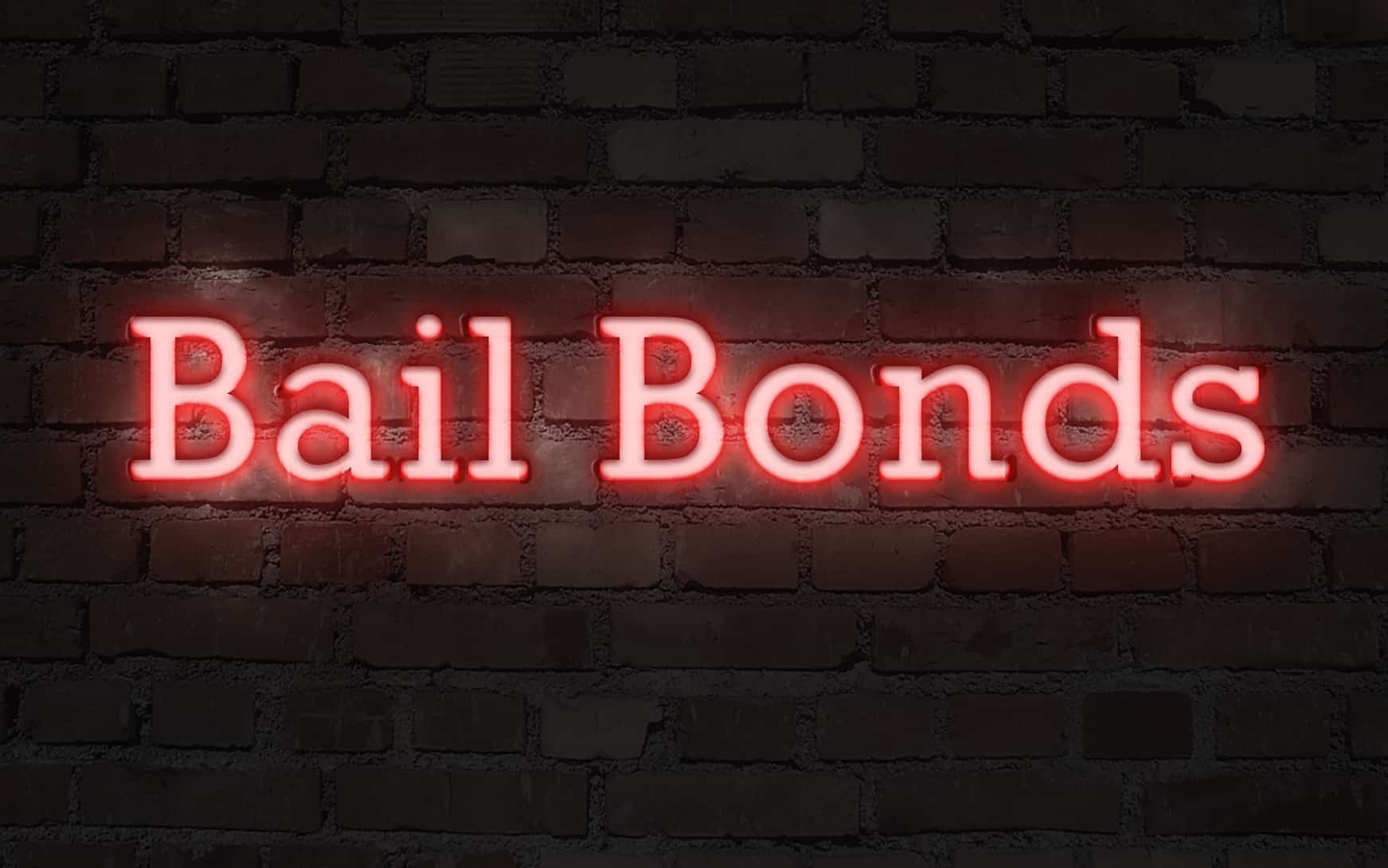What You Must Know Prior To Signing a Bail Bonds Agreement
What You Must Know Prior To Signing a Bail Bonds Agreement
Blog Article
Comprehending the Essentials of Bail Bonds: What You Required to Know
Browsing the complexities of bail bonds is a crucial element of the legal system that can substantially affect the implicated's trip via court proceedings. A bail bond functions as a financial assurance for the court, facilitating short-term launch from custody while awaiting test. Nonetheless, the ins and outs of how bail bonds run, the different kinds readily available, and the crucial factors to consider in picking a reliable bail bondsmansman can be discouraging. Comprehending these aspects is vital, as the effects of mistakes may lead to unexpected complications that expand far past the court. What are the fundamental aspects that must understand to effectively navigate this process?
What Is Bail?
Bail is a financial plan that permits a specific implicated of a crime to be launched from safekeeping while waiting for trial. The key objective of bail is to ensure that the offender appears for future court procedures (Los Angeles Bail Bondsman). Normally established by a judge, the bail amount varies relying on the nature of the crime, the accused's criminal background, trip danger, and various other important variables
When bail is provided, the charged or a representative should pay a defined amount, which might be in cash or with a bail bond. In some instances, bail can be rejected completely, especially for serious offenses or if the suspect poses a significant danger to public security. The principle of bail is rooted in the anticipation of innocence, strengthening the concept that people must not be penalized before a sentence.

Understanding Bail Bonds
A bail bond is a monetary instrument that assists in the launch of an implicated individual from protection, working as a warranty for their look at future court days. This plan allows defendants to maintain their liberty while waiting for test, reducing the concerns related to incarceration. The bail bond process generally involves a third-party business, called a bail bondsman, who provides the necessary funds to the court in support of the charged.
Bail bonds can be found in different kinds, consisting of surety bonds, residential or commercial property bonds, and money bonds, each with distinct needs and ramifications. Surety bonds, one of the most common kind, call for a superior payment, generally a percent of the complete bail amount, which is non-refundable. In contrast, a property bond entails utilizing property as collateral, while cash bonds demand the full bail total up to be paid in advance.
Understanding the subtleties of bail bonds is crucial for offenders and their families. It is necessary to comprehend the prospective financial effects, including obligations and charges to the bail bondsmansman, in addition to the lawful obligations linked to ensuring court looks. Knowledge of these aspects help in making educated decisions throughout a challenging time.
Just How Bail Bonds Work
The process of protecting a bail bond commonly involves several vital actions that guarantee the implicated can restore their liberty while awaiting test. Originally, the individual or their representative get in touches with a bondsman, that examines the instance and the associated dangers. The bondsman will certainly call for details concerning the implicated, including the fees, the bail amount set by the court, and any appropriate personal details.
Once the bondsman concurs to offer the bond, the implicated or their representative needs to pay a non-refundable fee, generally a percentage of the overall bail amount. This fee compensates the bondsman for tackling the financial risk of guaranteeing the accused appears in court. Sometimes, security may likewise be required, such as property or beneficial properties, which acts as safety for the bond.
After the cost and any kind of security are prepared, the bail bondsman submits the needed documentation to the court. Upon authorization, the bail is posted, and the implicated is released from guardianship. It is important for the implicated to comply with all court dates and conditions, as failure to do so can bring about the forfeit of the bond and potential lawful repercussions.
Types of Bail Bonds
Numerous types of bail bonds are offered to fit different conditions and requirements. The most usual type is the surety bond, where a bond bondsman assurances payment of the complete bail amount to the court in exchange for a non-refundable charge, generally around 10% of the bail. This arrangement permits offenders to secure their release without paying the whole bail upfront.
One more type is the money bond, which requires the offender or a co-signer to pay the complete bail amount in money straight to the court - Bail Bondsman. This alternative is commonly preferred for reduced bail amounts, as it makes sure the money is returned upon the offender's appearance in any way court proceedings
Building bonds involve making use of property as collateral. In this situation, the court puts a lien on the home, which can be waived if the defendant fails to appear.
Last but not least, government bail bonds are specifically created for government instances, typically including higher quantities and added complexities. Understanding these different bail bond kinds is vital for accuseds and their family members in making educated choices during a challenging time.
Choosing a Bondsman
When selecting a bondsman, it is necessary Homepage to take into consideration numerous essential variables that can influence the total experience and end result. Evaluate the bail bondsman's track record by investigating on the internet testimonials and acquiring recommendations from trusted sources. A trustworthy bail bondsmansman will have a background of professionalism and effective instances.

Most bail bondsmen bill a non-refundable charge, generally around 10% of the bail quantity. Openness in prices is a hallmark of a reliable bondsman.
Conclusion
Bail offers as an economic guarantee of court appearance, while different types of bail bonds cater to different conditions. Recognizing the operational mechanisms of bail bonds and selecting a trustworthy bail bondsman can dramatically influence the overall experience.
The intricacies this contact form of just how bail bonds run, the different types available, and the important factors to consider in picking a credible bail bondsman can be these details discouraging. The bail bond procedure usually entails a third-party company, understood as a bail bondsman, who supplies the required funds to the court on part of the charged.
The most usual type is the guaranty bond, where a bond bondsman warranties payment of the complete bail amount to the court in exchange for a non-refundable charge, commonly around 10% of the bail. Bail offers as a monetary guarantee of court appearance, while different kinds of bail bonds cater to various conditions. Recognizing the operational mechanisms of bail bonds and picking a reliable bail bondsman can substantially affect the overall experience.
Report this page